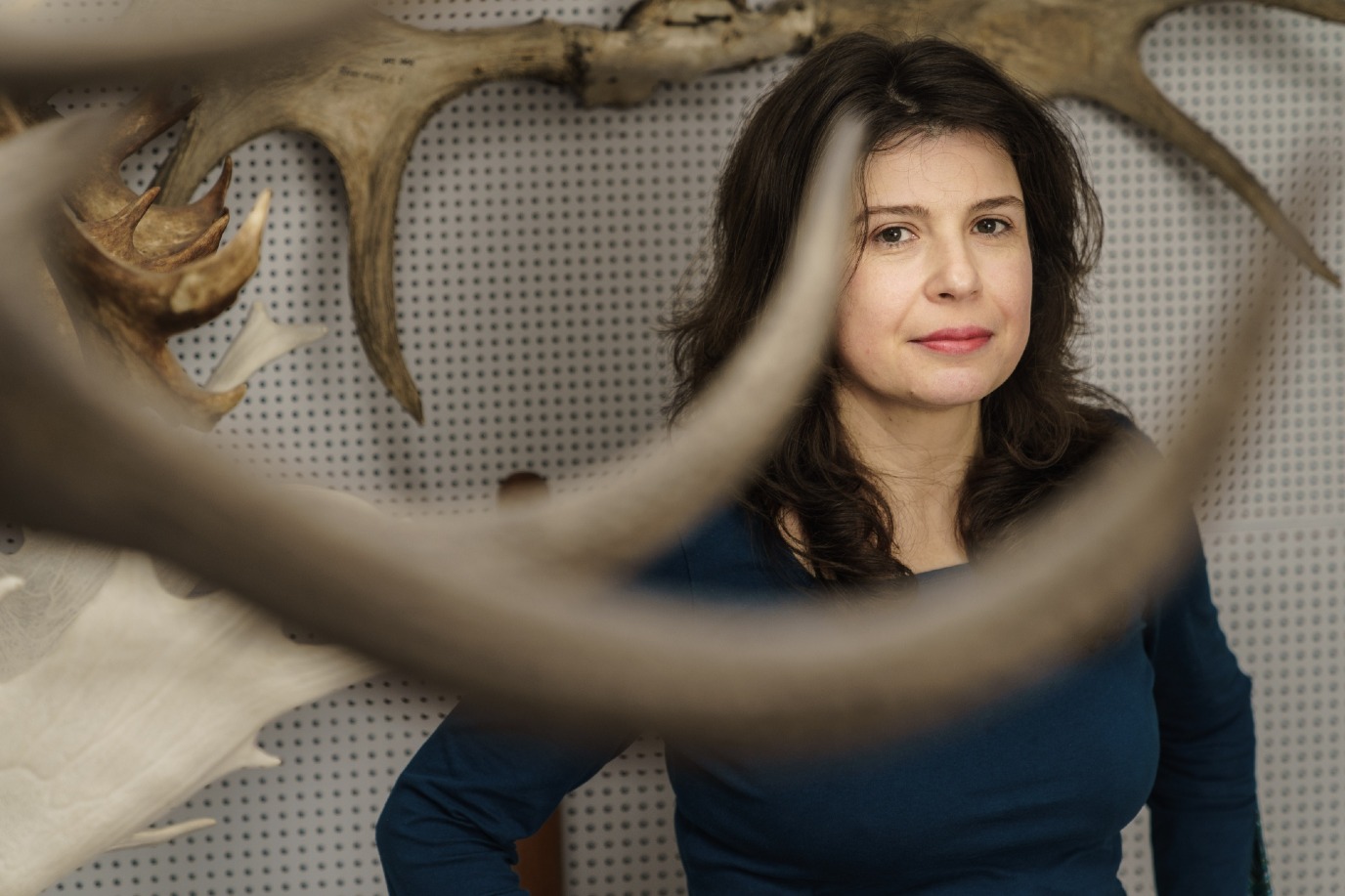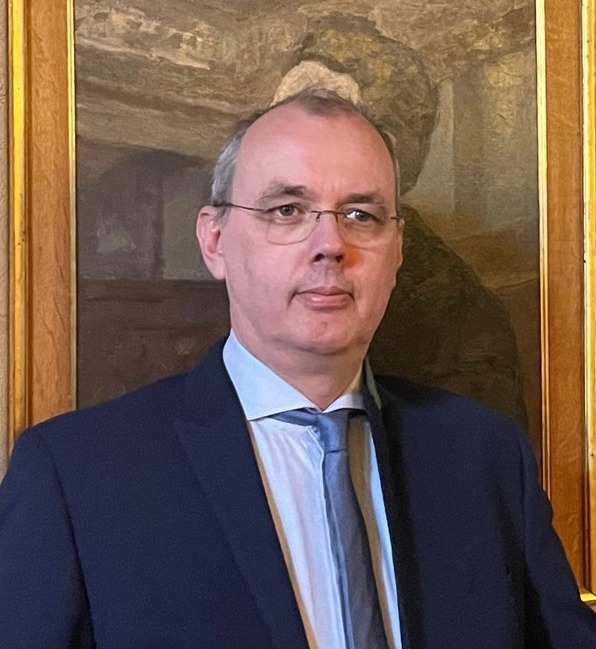EASE Archaeology Project

The ENLIGHT Archaeologies of Sustainable Environments (EASE) takes its cue from the 17 UN Sustainable Development Goals with the vision of fostering collaborative archaeologies of sustainability within the Enlight framework through a focus on Climate Histories, Food Security and Agriculture, and Innovation and Infrastructure.
What is the project about?
By combining the science of climate change and agricultural development with a greater understanding of the forces of human innovation in the past we build a bridge between two of the core themes of ENLIGHT – Climate Change and Culture and Creativity. We especially emphasise the role of diversity, and how the diverse appearance of climate change in different times and places meets the full diversity of human resourcefulness, and the role of cultural, social, economic, biological and environmental diversity for sustainable alternatives in times of crises. The team displays the broad expertise needed to tackle the complex topic of human-environment dynamics, including traditional archaeology, digital archaeology, archaeobotany, zooarchaeology, geoarchaeology, palynology, paleoclimatology. The archaeologies of sustainable environments will be forwarded through a series of ENLIGHT courses, two workshops and a conference, and modules for mobility on senior and junior/PhD level are set up to foster collaboration, research and career development within the three initial partners (Groningen, Uppsala & Bern), with the aim of extending the team to other ENLIGHT partners throughout the period.
Why is this international collaboration important?
This ETN encompasses an interdisciplinary group of researchers initially brought together for the ENLIGHT virtual course The Deep History of Food, hosted (and internally funded) by the University of Bern in the autumn of 2024.
This course highlights the need to put sustainability into context, which is what the proposed ETN will do. Only with sound context-specific narratives of the climate-environment-society interface can we understand the particularities of human response to threats and begin to identify general patterns, both of which can provide food for thought in relation to current day concerns. Such an endeavour requires collaborations across disciplines – history and palaeoclimatology, archaeology and anthropology. This collaboration in itself requires development of new pedagogies and conceptualisation on how to represent the human experience of climate change. The multitude of specialities, perspectives, disciplines and engaged researchers with a willingness to learn from each other is central to the EASE mission: to provide a bridge between ‘climate change denial’ on the one hand and alarmist perspectives on the other that allow us to discuss and assess the capacities of individuals, communities and societies to transform and innovate in the face of adverse or threatening conditions.
"[This collaboration started] through common research and teaching interests, initially in the prehistoric landscapes of Europe. The CORE team had already established collaboration through an Enlight Course: Deep History of Food."
In developing collaborative archaeologies of sustainability we ask what lessons can be drawn from the archaeology of food and response to climate crises, and how our current situation and the knowledge massed by modern sustainability science can help us understand the past. What are the positive examples of innovation for sustainability in a long term perspective? Even though conditions are very different today, we argue that the historical experiences of transforming and innovating practices is crucial in informing the transition to a green, fossil free society today. There are also important lessons when it comes to agency and citizenship in such transformations which are crucial for us to both be inspired by or learn from today.
What will be the impact of this project for the University of Groningen?
It will leverage the position of the expertise we have in diverse archaeologies and environmental heritage towards addressing real-world problems. We will also be using object-based learning techniques that integrate the wonderful academic heritage collections of the Groningen Institute of Archaeology to teach a next generation of interdisciplinary scientists in training how to instrumentalize archaeology to think about sustainability issues. By substantiating bridges between different disciplines and universities across Europe, the project will bring archaeological research and education in Groningen to the future. Our current PhD students and postdoctoral researchers will also be benefiting from the activities such as higher seminars, and network workshops.
What connections does EASE bring?
Most of us work with environmental archaeology, advanced archaeometric techniques, and (pre-)historic landscapes. This project will give an additional boost to GIA’s activities in Dutch wetlands and work on political ecologies in the Mediterranean regions. It will also relate to our ReMA Archaeology program, which has a taught module on the Anthropocene, and it will also collaborate with Rudolf Agricola School for Sustainable Development’s Environmental Heritage Research Group.
UG Team:



| Last modified: | 18 April 2025 5.18 p.m. |
More news
-
24 March 2025
UG 28th in World's Most International Universities 2025 rankings
The University of Groningen has been ranked 28th in the World's Most International Universities 2025 by Times Higher Education. With this, the UG leaves behind institutions such as MIT and Harvard. The 28th place marks an increase of five places: in...
-
05 March 2025
Women in Science
The UG celebrates International Women’s Day with a special photo series: Women in Science.
-
16 December 2024
Jouke de Vries: ‘The University will have to be flexible’
2024 was a festive year for the University of Groningen. In this podcast, Jouke de Vries, the chair of the Executive Board, looks back.
